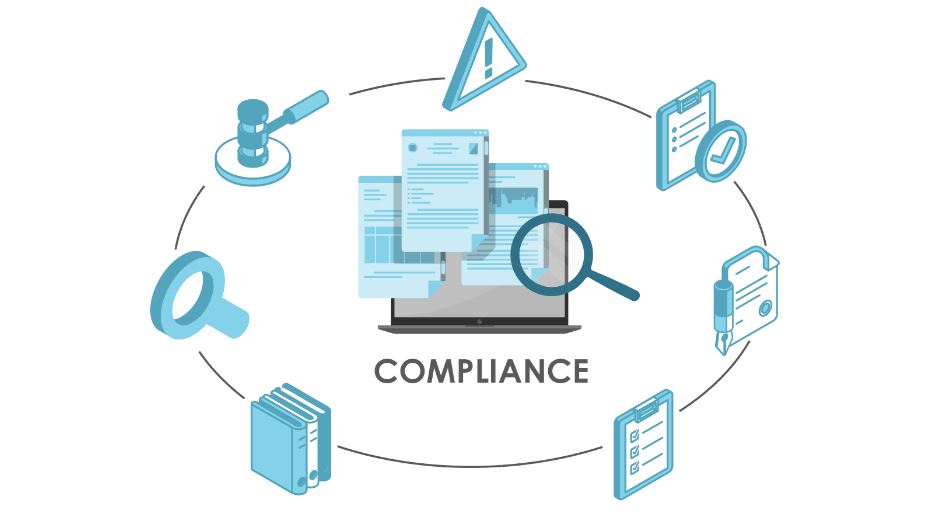How Product Companies Can Simplify Quality Management and Stay Audit-Ready Year-Round

For many product companies, the phrase “audit readiness” still means panic.
Weeks before a regulatory review or customer audit, quality teams scramble to collect documents, chase down signatures, and reconstruct what should already be visible. Spreadsheets are stitched together. Emails are flagged and checklists are created too late.
The problem isn’t your team. It’s the way quality is being managed.
Disconnected tools, siloed systems, and overly manual processes make it nearly impossible to stay on top of everything. And the more your product portfolio grows, the more painful that reality becomes.
But what if audit readiness didn’t have to be a fire drill? What if your quality management system could be simplified without sacrificing control, speed, or compliance?
It’s not just possible. It’s necessary.
The Real Cost of Manual Quality Management
If your team is still tracking corrective actions (CAPAs), nonconformances, approvals, and audits in spreadsheets or isolated systems, you already know how easy it is for things to fall through the cracks. You’re spending time logging events, re-entering data, and manually moving documents through clunky processes that no one trusts.
And when something does go wrong, like a late change, a missed step, or a supplier issue, there’s no easy way to trace the root cause or prove compliance. You’re stuck cobbling together a story after the fact, hoping your documentation holds up.
This reactive model doesn’t scale. It drains time, creates risk, and sets your team up for stress every time an audit comes around. Weeks before a regulatory review or customer audit, quality teams scramble to collect documents, chase down signatures, and reconstruct what should already be visible.
What “Always Audit-Ready” Actually Looks Like
Being audit-ready year-round doesn’t mean checking a box or having a file cabinet full of binders. It means:
- Your documentation is always current and complete.
- Your CAPAs, change controls, and deviations are easy to track and trace.
- Every record, approval, and update is linked to the right product, person, and process.
- When an auditor asks for proof, it’s already there, not buried in email threads.
This kind of readiness only occurs when quality is built into the way your teams already work, rather than being treated as a separate task or toolset. All of this becomes possible when your compliance management system isn’t a standalone tool but part of a connected environment.
Simplifying Quality Without Sacrificing Control
One of the biggest misconceptions is that simplifying quality processes means cutting corners. But in reality, it’s the opposite. You’re stuck cobbling together a story after the fact, hoping your documentation holds up. And when something does go wrong, like a late change, a missed step, or a supplier issue, there’s no easy way to trace the root cause or prove compliance.
Simplified quality management means fewer gaps, fewer handoffs, and fewer surprises. It’s about designing smart, scalable workflows that guide the right actions without relying on constant oversight.
Here’s how that looks in practice:
- Standardized digital workflows for every type of quality event
- Built-in approvals that trigger automatically with no email chasing
- Centralized access to current forms, policies, and supporting documentation
- Notifications and task assignments that keep everyone accountable
- Real-time dashboards that show exactly where issues stand
The result is you reduce risk, eliminate redundant work, and give your team more time to focus on solving problems, not documenting them.
Why PLM + Quality Management Integration Is the Game Changer
Even companies with a quality management system in place often miss one critical connection: their quality system is completely disconnected from their product data.
That’s a huge gap.
If your PLM (Product Lifecycle Management) system handles design, engineering changes, and part records, and your QMS handles complaints, audits, and corrective actions, but the two don’t talk to each other, you’re stuck doing manual stitching to maintain traceability. You’re stuck cobbling together a story after the fact, hoping your documentation holds up.
With a connected platform, your QMS and PLM are fully integrated. That means:
- Every quality event is tied to the actual product or component involved
- Engineering and quality teams are looped in automatically during changes
- Compliance records are updated in real time as changes happen
- Audit trails are always complete with no last-minute data hunts
It’s a single source of truth for product and quality without duplication, confusion, or delay.
Make Quality and Compliance Part of the Way You Work
Product companies don’t have the luxury of treating compliance like a periodic project. Regulations aren’t slowing down, and your product complexity isn’t either.
The only way to keep pace is to simplify your compliance management system and other systems, automate what can be automated, and integrate quality and compliance into your core product workflows, not an afterthought. When your team doesn’t have to scramble for audits, they can focus on what really matters: building better products, faster, and with confidence that every



